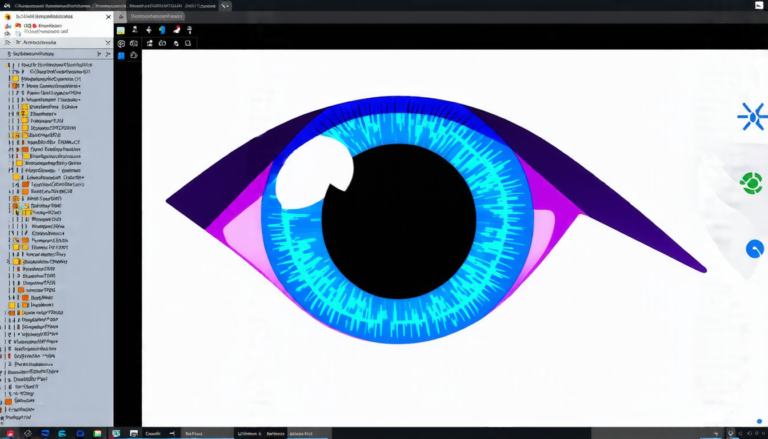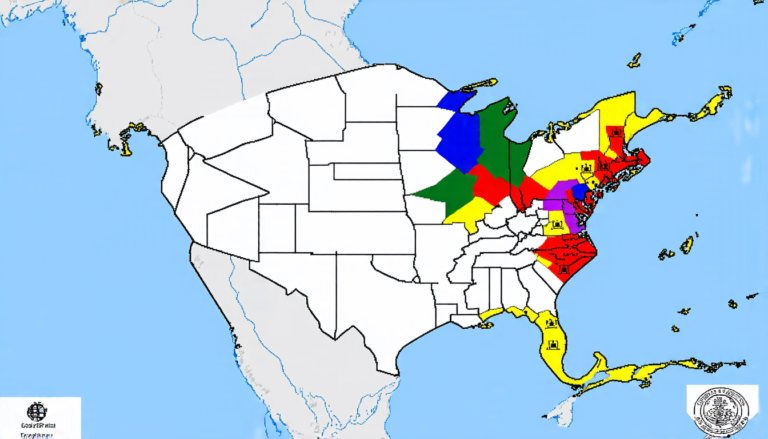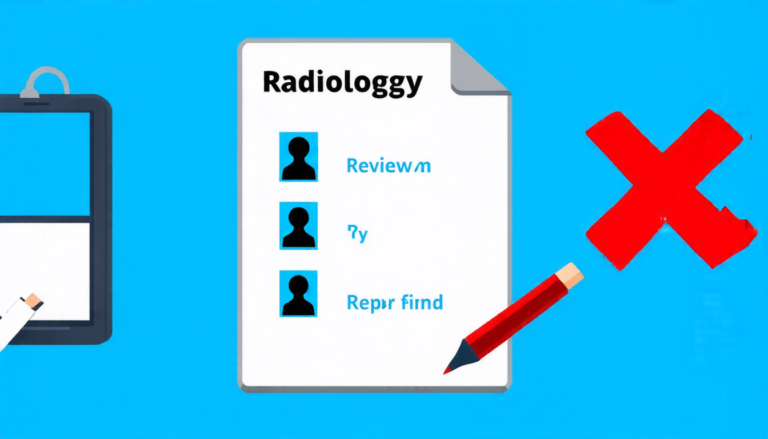Tuesday 29 July 2025
Scientists have made a significant breakthrough in developing a new method for identifying sitting postures, which is crucial for understanding and preventing back pain and joint degeneration. The technique, called Unsupervised Dataset Dictionary Learning (U- DaDiL), uses optimal transport to represent input distributions as Wasserstein barycenters of learned probability distributions.
The researchers used a dataset of 31 categories of office objects across three domains: Amazon, DSLR, and Webcam. They then compared their method with other state-of-the-art methods, including DeepCluster and Invariant Information Clustering (IIC). The results showed that U-DaDiL outperformed the other methods, achieving an average improvement of 24.6% in accuracy.
The team also applied their method to a real-world application using pressure map data from seven subjects with different weights and heights. They found that their technique consistently produced better clustering results compared to the K-Means baseline.
So, how does it work? The U-DaDiL algorithm first generates pseudo-labels by applying K-Means to the data. It then uses these labels to initialize a dictionary of atoms, which are probability distributions that represent the input data. The algorithm then minimizes the Wasserstein distance between the reconstructed distribution and the original data distribution.
The key innovation here is that U-DaDiL learns shared atoms across domains, allowing it to take advantage of domain similarities and identify centroids that are more representative of the true organization of the data. This means that the method not only considers spatial proximity but also the distributional properties of the data points.
The implications of this breakthrough are significant. By developing a more accurate method for identifying sitting postures, researchers can better understand how to prevent back pain and joint degeneration. Additionally, the technique has broader applications in other fields, such as computer vision and machine learning.
This new method has the potential to revolutionize our understanding of posture and its impact on our bodies. It’s a major step forward in developing more effective treatments for musculoskeletal disorders, which are some of the most common and debilitating health issues affecting people around the world.
Cite this article: “Unlocking Accurate Posture Identification: A Breakthrough in Understanding and Preventing Back Pain and Joint Degeneration”, The Science Archive, 2025.
Back Pain, Joint Degeneration, Posture, Machine Learning, Computer Vision, Musculoskeletal Disorders, Dataset Dictionary Learning, Unsupervised Clustering, Wasserstein Distance, Optimal Transport







